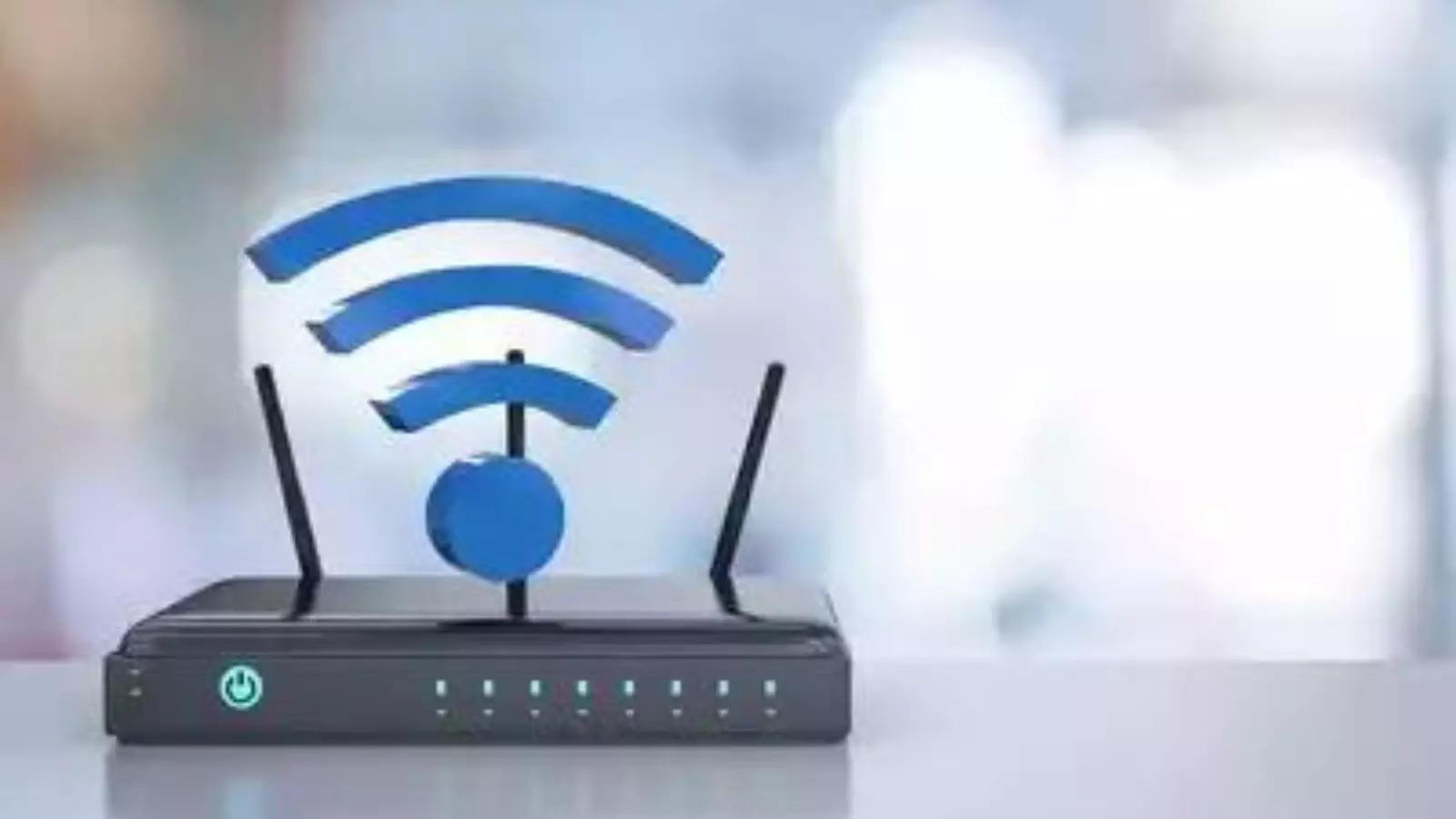With the plethora of wireless devices in a modern home—ranging from computers and phones to IP cameras, smart TVs, and connected appliances—securing your Wi-Fi network is essential. Taking some basic steps can protect your devices from hacking and your personal information from being stolen.
Understanding Your Home Wi-Fi Network
Your Wi-Fi network provides your home's wireless internet connection, typically through a wireless router that broadcasts a signal. Devices connect to the internet via this signal. However, if your network isn't password-protected, anyone within range can use your internet connection. This can expose your online activities and personal information to others. Additionally, if someone uses your network for illegal activities, it could be traced back to you.
Securing Your Home Wi-Fi Network
1. Encrypt Your Network:
Encryption scrambles the information sent through your network, making it harder for others to intercept your data. Update your router settings to WPA3 Personal or WPA2 Personal for the best encryption available. If your router only offers WPA or WEP, update the software or consider getting a new router.
2. Change Default Settings:
To change these passwords, search online for instructions specific to your router manufacturer or contact their support.
3. Keep Your Router Updated:
5. Set Up a Guest Network:
6. Log Out as Administrator:
7. Enable Your Router Firewall:
8. Protect Your Devices:
By implementing these steps, you can significantly improve the security of your home Wi-Fi network and protect your personal information from potential threats.
Understanding Your Home Wi-Fi Network
Your Wi-Fi network provides your home's wireless internet connection, typically through a wireless router that broadcasts a signal. Devices connect to the internet via this signal. However, if your network isn't password-protected, anyone within range can use your internet connection. This can expose your online activities and personal information to others. Additionally, if someone uses your network for illegal activities, it could be traced back to you.
Securing Your Home Wi-Fi Network
1. Encrypt Your Network:
Encryption scrambles the information sent through your network, making it harder for others to intercept your data. Update your router settings to WPA3 Personal or WPA2 Personal for the best encryption available. If your router only offers WPA or WEP, update the software or consider getting a new router.
2. Change Default Settings:
- Change the default administrative username, password , and network name to something unique. Avoid using personal information in your login credentials.
- Wi-Fi Network Password: This prevents unauthorized devices from connecting to your network.
- Router Admin Password: This controls access to the router's administrative settings. If compromised, a hacker could change your Wi-Fi settings.
To change these passwords, search online for instructions specific to your router manufacturer or contact their support.
3. Keep Your Router Updated:
- Check the manufacturer’s website for the latest software updates before setting up a new router or updating an existing one. Register your router and sign up for updates to stay informed about new versions. If your router is provided by your ISP, ensure it receives automatic updates.
- Turn off features like remote management, Wi-Fi Protected Setup (WPS), and Universal Plug and Play (UPnP), as they can weaken your network's security.
5. Set Up a Guest Network:
- Creating a guest network with a separate name and password can enhance security by limiting access to your primary network and protecting it from potential malware on guest devices.
6. Log Out as Administrator:
- After setting up your router or changing settings, log out of the administrator account to prevent unauthorized changes.
7. Enable Your Router Firewall:
- Most routers come with a built-in firewall. Ensure it's enabled to provide an additional layer of protection against viruses, malware, and hackers.
8. Protect Your Devices:
- Secure your devices to prevent them from becoming gateways for hackers to access your network. For more information on securing your devices, seek out resources on device security.
By implementing these steps, you can significantly improve the security of your home Wi-Fi network and protect your personal information from potential threats.
You may also like

Smash-And-Grab Robbery At Pentagon City Mall, No Shooting: Arlington Police

'Shame on them': Netanyahu slams Macron for arms embargo amid escalating tension with Iran

Dramatic Videos Show Elephants Rescued From Flooded Chiang Mai Sanctuary In Thailand

EAM S Jaishankar denies Chinese incursion in Arunachal Pradesh, asserts robust patrolling along LAC

9 Activities That Will Help You Improve Your Toddler's Development







